The Sad, Sad Story of Laika, the Space Dog, and Her One-Way Trip Into Orbit
In the late 1950s, Moscow’s streets were full of stray dogs that adapted to freezing nights and scarce food. One small mixed‑breed stood out to Soviet researchers for her calm nature and size. She was taken into a program that few outside the country even knew existed. Her name was Laika, and what happened to her became one of the most haunting moments in space history. Here you can trace how her story unfolded step by step.
Laika Taken Off Moscow Streets
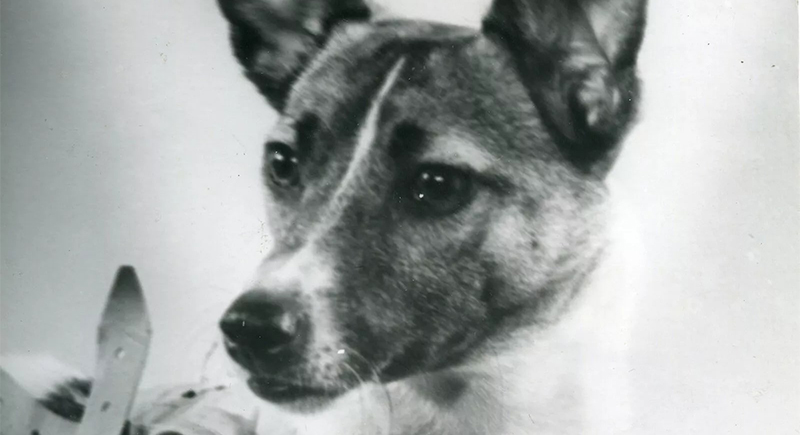
Credit: Wikimedia Commons
Researchers collected female strays in Moscow to test survival in space. They looked for dogs that had endured hunger and freezing weather because they believed that those traits meant resilience. Laika, about two years old and calm under handling, fit their criteria. She weighed around thirteen pounds, which also suited the equipment.
Training Under Harsh Lab Conditions
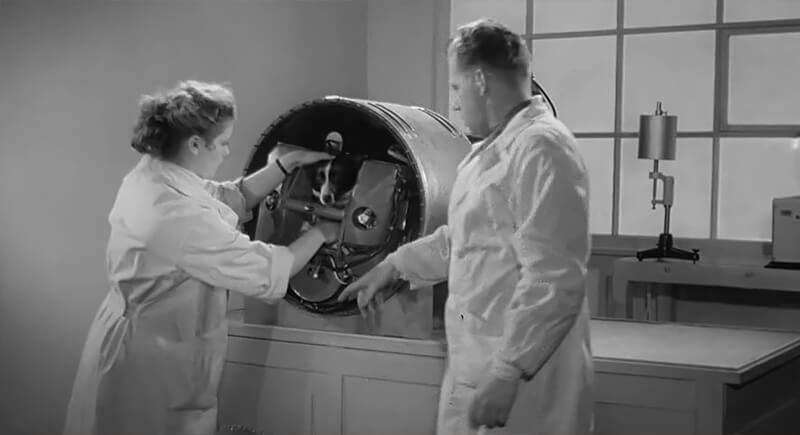
Credit: Youtube
These dogs were then placed in tight capsules for extended periods to see if they could eat and rest in restricted space. They exposed them to rocket noise that raised stress levels. Centrifuges spun them to simulate atmospheric pressure. Medical staff attached sanitation devices, which many dogs resisted to the point of not relieving themselves despite laxatives.
Selection Narrowed to Two Dogs
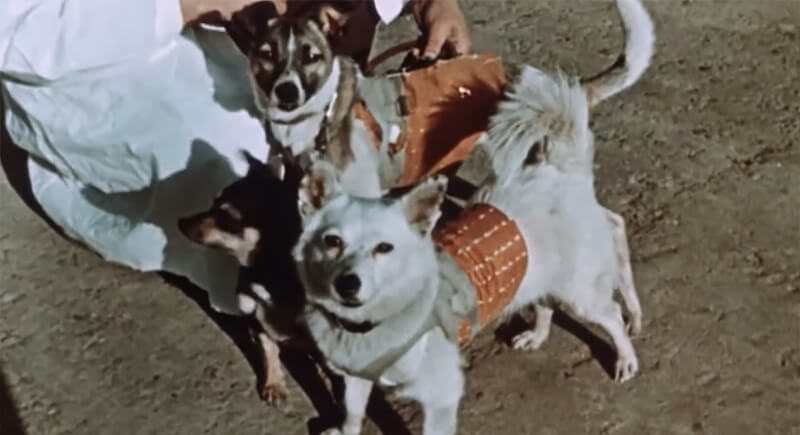
Credit: Youtube
After weeks of testing, Laika and Albina turned into finalists. Both underwent surgery to implant sensors that would transmit heart activity, breathing rate, and motion data back to Earth. Albina had recently given birth and stayed as backup. Meanwhile, Laika was prepared for flight.
Rushed Timeline Ordered by Leaders
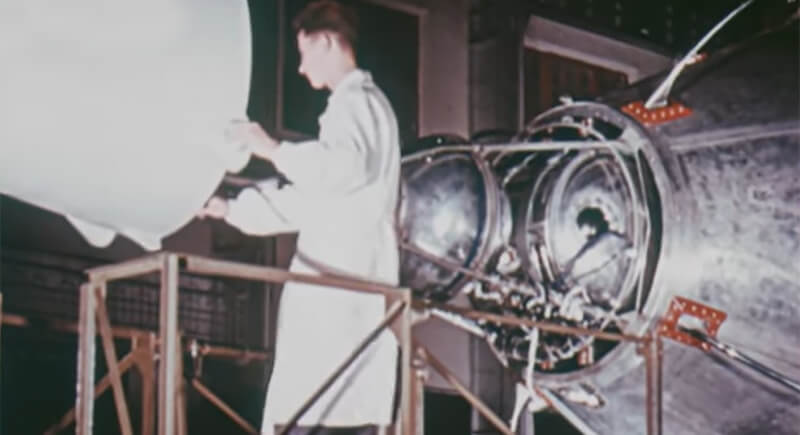
Credit: Youtube
Soviet leaders wanted the liftoff to coincide with the Bolshevik Revolution anniversary in November 1957. That demand gave engineers only weeks to finish the craft. Sputnik 2 ended up six times heavier than the first satellite, and its oxygen system could last about seven days. What’s devastating is that no equipment for a trip back was included.
Animal Groups Protest the Mission

Credit: iStockphoto
Soon after the mission was announced, animal welfare groups voiced strong objections. The Royal Society for the Prevention of Cruelty to Animals and the British Society for Happy Dogs condemned sending a dog with no chance of return. Demonstrators gathered outside the United Nations to draw attention to the ethics of such experiments.
Short Time in A Scientist’s Home
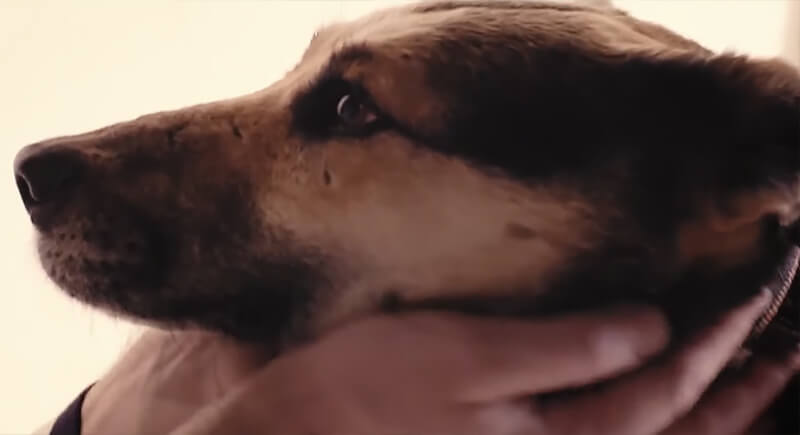
Credit: Youtube
Vladimir Yazdovsky, a physician on the program, took Laika home shortly before takeoff. He wanted her to experience normal surroundings and let her play with his children. That moment did not change her path, but that night remained her final time outside the research facility and capsule.
Confined Inside the Capsule
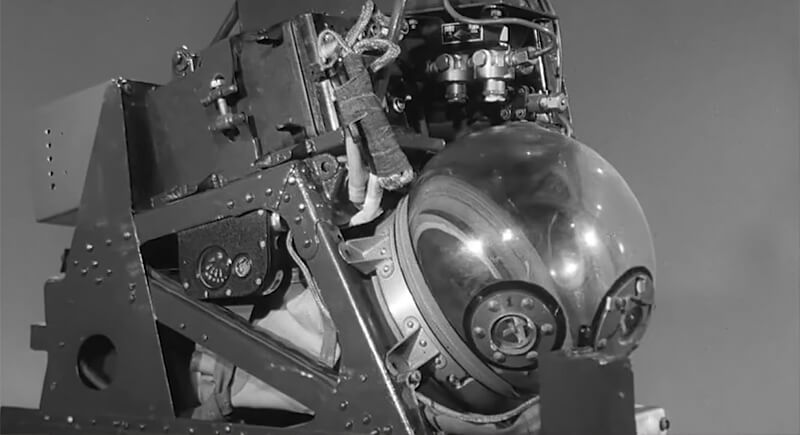
Credit: Youtube
Three days before the launch, Laika entered the pressurized container. The space allowed her to sit, stand, or lie down, but not to turn around. She wore a suit fitted with restraints and electrodes to track bodily functions. The flight site’s temperature dropped, so engineers connected a heater to prevent it from freezing.
Launch Morning Monitors Vital Signs
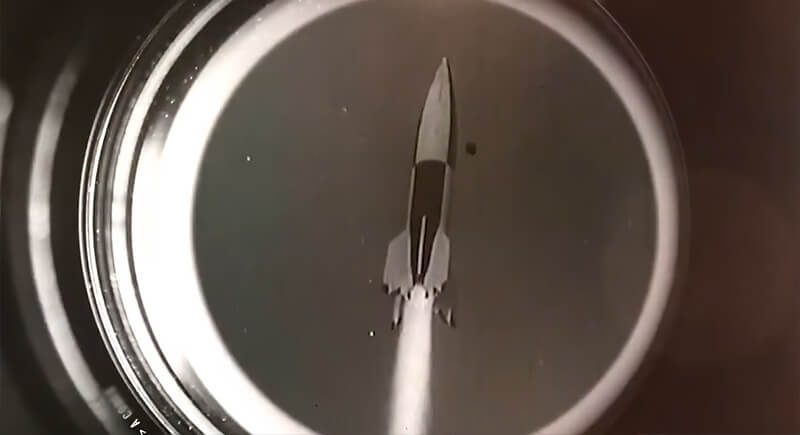
Credit: Youtube
At dawn on November 3, 1957, the rocket engines ignited. Laika experienced g-forces reaching five times normal gravity. Electrodes showed her heart racing at triple its resting speed. The ship climbed through atmospheric layers while ground crews tracked data continuously.
First Orbit Around Earth
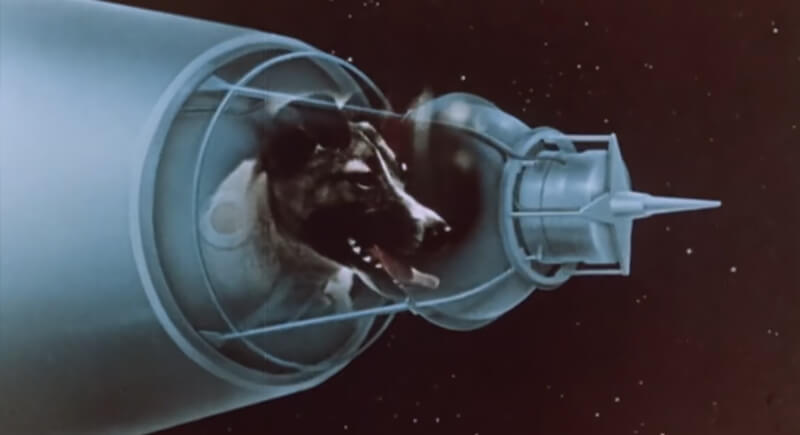
Credit: Youtube
Sputnik 2 reached orbit and circled the planet every ninety-three minutes. Signals confirmed Laika remained alive for several passes. The data showed weightlessness caused no immediate collapse in her functions. Mission control received steady transmissions, and reports recorded her condition in detail.
Cooling System Failure
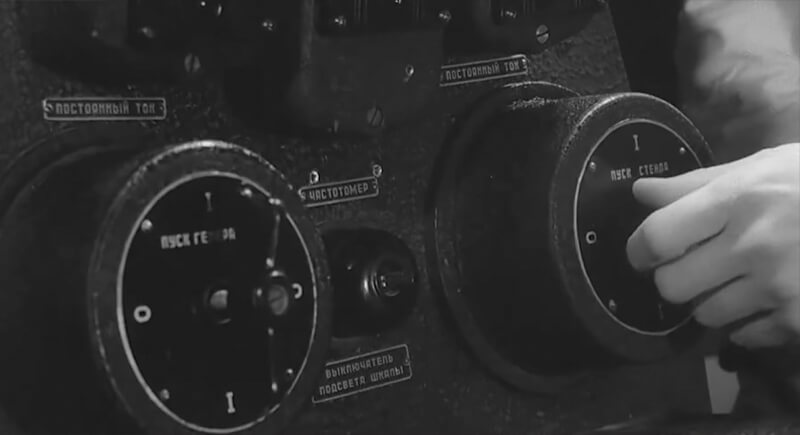
Credit: Youtube
In the first couple of hours alone, the capsule’s temperature control failed. Heat levels climbed beyond ninety degrees Fahrenheit. During this time, the pup’s heart data spiked erratically, then transmissions stopped. For decades, official reports claimed she survived for days. However, in 2002, a Russian scientist confirmed she passed within hours of overheating.
False Accounts Released to the Public
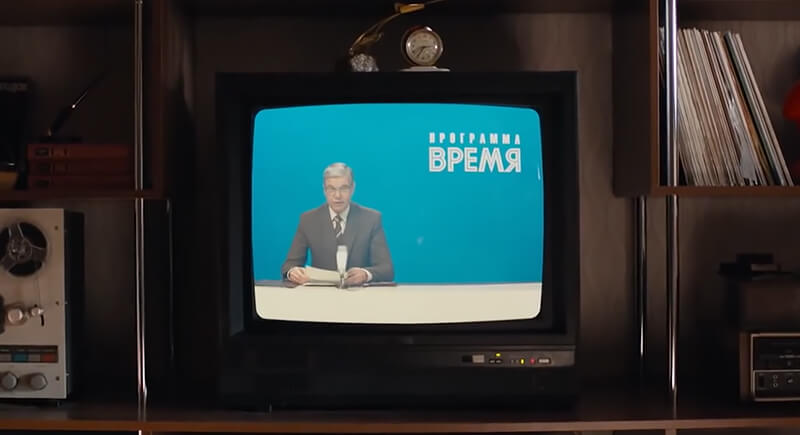
Credit: Youtube
Initially, Soviet media reported Laika was alive and being observed daily. They later said she had been euthanized after several days to prevent suffering. Newspapers worldwide published those statements as fact. Only years later did declassified records reveal the short duration of her survival.
Cultural References Appear Worldwide
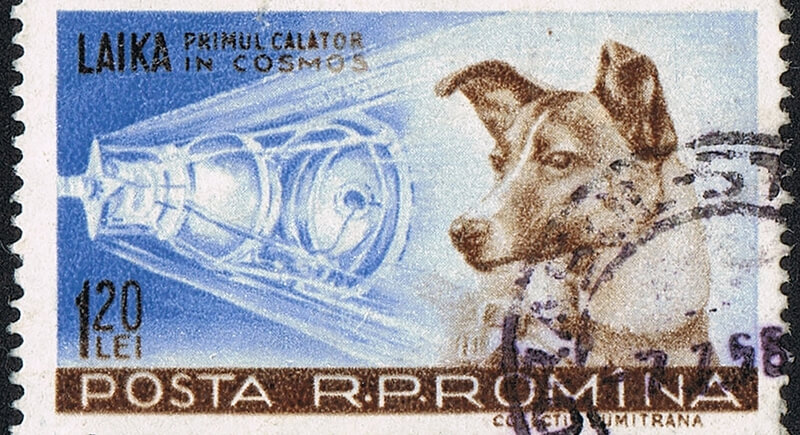
Credit: Wikipedia
Images of the pup showed up on stamps across countries aligned with the Soviet Union. Musicians wrote songs about her flight, and writers included her in novels that addressed science and sacrifice. Graphic novels, films, and museum exhibits have also told her story in different ways.
Mission Leader Expresses Regret Years Later

Credit: Wikipedia
Oleg Gazenko, a senior scientist in the program, later spoke publicly about his part in Laika’s mission. He admitted he felt sorry for agreeing to send her on a flight that offered no return. His comments came long after the space race ended and gave him distance from the original pressures.
Later, Dogs Come Back Alive from Space
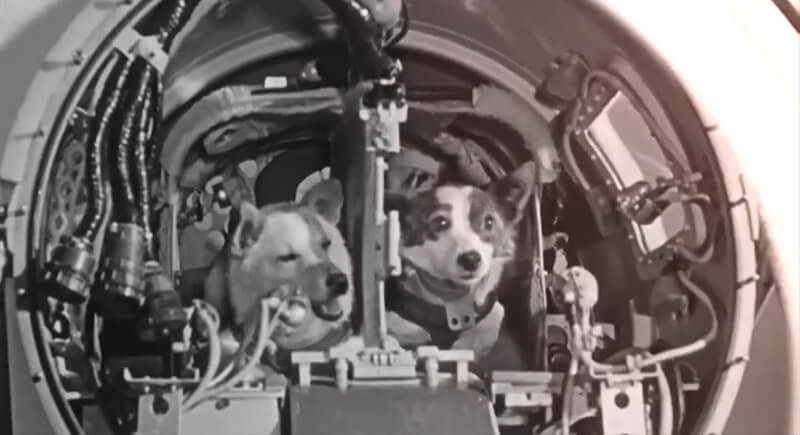
Credit: Youtube
Subsequent missions included designs that could bring dogs back to Earth. In 1960, Belka and Strelka completed an orbit and returned safely. Strelka later had puppies, one of which was given to President John F. Kennedy. These missions proved recovery was possible with improved planning.
Memorials And Namesakes Remember Laika
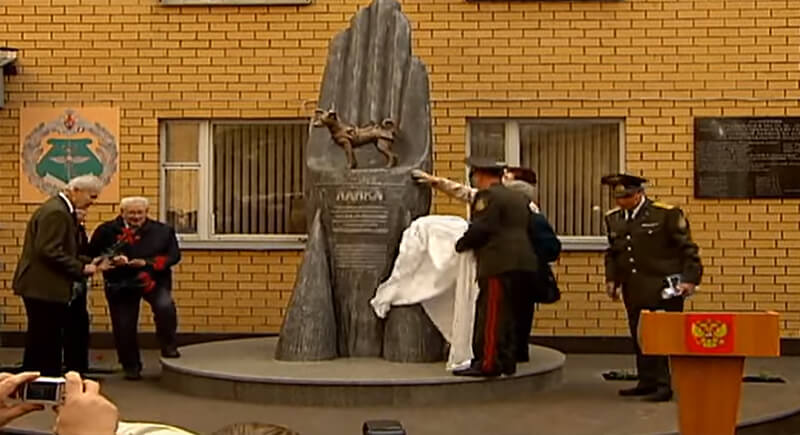
Credit: Youtube
In 2008, Russia unveiled a statue of Laika mounted on a rocket near a research facility in Moscow. Meanwhile, NASA informally named a location on Mars after her during a rover mission. These tributes recognize the role she played in science history, and her journey continues to spark conversation about the cost of rapid advances in exploration.